Westridge Dad’s Club Event at Carnegie Observatories Was Out of This World
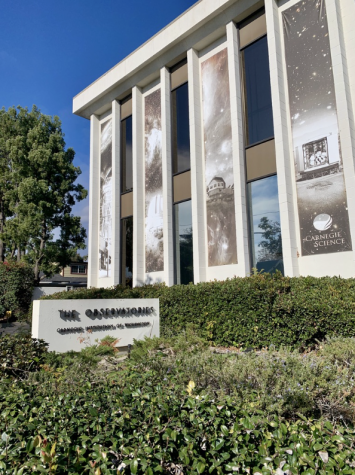
On December 10th, the Westridge Dad’s Club, along with Middle and Upper School students, visited Pasadena’s Carnegie Observatories to tour the campus, listen to a lecture on astronomy, and eat a lunch provided by Mendocino Farms. The trip to Carnegie was the first event in the 2022-2023 school year organized by the Dad’s Club that included Westridge students, and all 60 slots were filled.
The tour and lecture were hosted by John Mulchaey, Ph.D. Dr. Mulchaey is the Science Deputy of the Carnegie Institution for Science, The Director and Crawford H. Greenewalt Chair of the Carnegie Observatories, and is on the Board of Trustees at Westridge School. He offered insights on numerous articles and instruments, including a specimen of the Toluca meteorite that was discovered in Jiquipilco, Mexico in 1776; data used by astronomer Edwin Hubble, whom the Hubble Telescope is named after, to conclude that the universe is expanding; and a Moon Globe which depicts one of the visible phases of the Moon. Additionally, Dr. Mulchaey discussed the moment when Albert Einstein admitted to his “biggest blunder” at Carnegie, where he assumed the universe was static instead of expanding.
The Westridge community also learned about the Giant Magellan Telescope, which is currently being built at Carnegie’s Las Campanas Observatory in Chile’s Atacama Desert. Carnegie has other large telescopes in this area, as the location has been proven to be one of the best in the world for astronomy. The location is remote to prevent light pollution from surrounding cities. Additionally, because of Chile’s very low levels of precipitation, the nights are extremely clear.
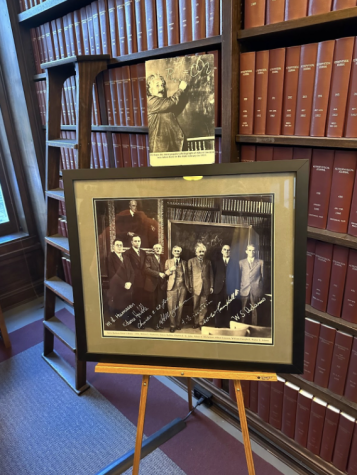
The telescope consists of seven large mirrors, six of which have already been constructed at the University of Arizona. It will sit in a structure 22 stories tall, and will be up to 200 times more powerful than any existing ground-based telescopes. This advancement is due to the parabolic shape of the seven mirrors, which allows for a large light collecting surface area. The telescope is predicted to be finished in 2029.
Throughout the event, Dr. Mulchaey stressed the importance of women’s contributions in the field of astronomy because they were not always allowed to study in the field. He explained that women were not allowed to use telescopes until the 1950s. Today, around fifty percent of Ph.D.s in astronomy are held by women, and Mulchaey hopes to further increase the number by hosting schools like Westridge at Carnegie.
Dr. Mulchaey, who is also a Westridge Trustee, is the only member of the board who is a community member rather than a parent or alumni. “I have no real connection to Westridge, except that I really believe in education,” said Dr. Mulchaey. “That was one reason why I agreed to go on the board, because I saw the amazing science labs [that Westridge has]. And I thought, ‘Oh, this is a really great place for us to inspire the next generation of astronomers.’”
The event’s attendees enjoyed the event and were excited to further their knowledge in astronomy. Ilyana P. F. ’28 said, “I’ve been interested in astronomy and all things space and science related when I was really little, but it was really cool being able to come here and walk through and see all the little things that go into [astronomy].”
“I never gave astronomy much thought before this visit, but after learning so many fascinating things I definitely want to learn more about the field,” said Alice C. ’25.
Co-head of the Dad’s Club Dave de Csepel hoped to broaden students’ curiosities in science through the event, and is looking forward to organizing more educational events in the near future. He said, “I hope this event stirred students’ curiosities about the field of astronomy and about science overall. The question which a small, but passionate, group of 10,000 worldwide astronomers think about every day is, ‘are we the only ones out there?’ So even though most of us will never be scientists, we should all be excited about the possibility that this question could very well be answered in the next few decades.”
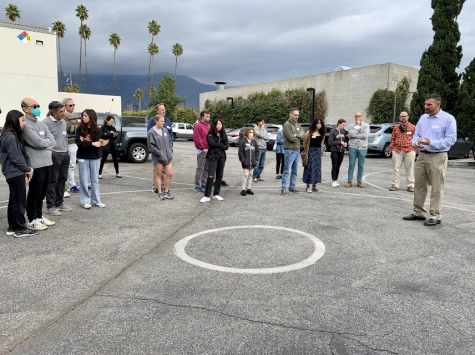
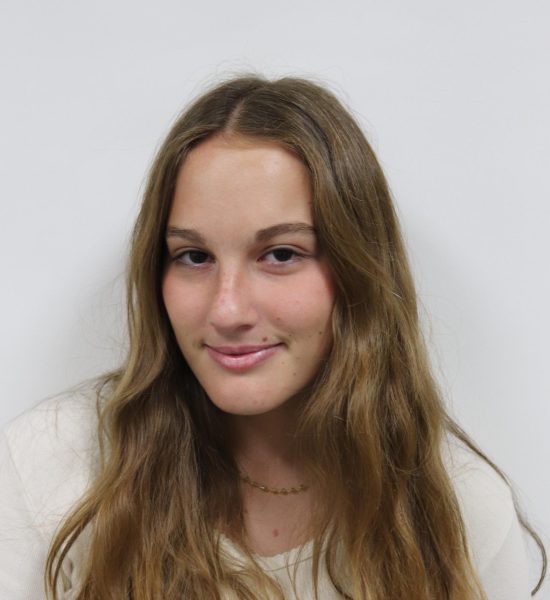
Sarah is a junior and in her third year as a Spyglass staff writer. When not writing for Spyglass, she enjoys playing soccer and lacrosse, listening to...

















![Dr. Zanita Kelly, Director of Lower and Middle School, pictured above, and the rest of Westridge Administration were instrumental to providing Westridge faculty and staff the support they needed after the Eaton fire. "[Teachers] are part of the community," said Dr. Kelly. "Just like our families and students."](https://westridgespyglass.org/wp-content/uploads/2025/03/dr.-kellyyy-1-e1748143600809.png)












































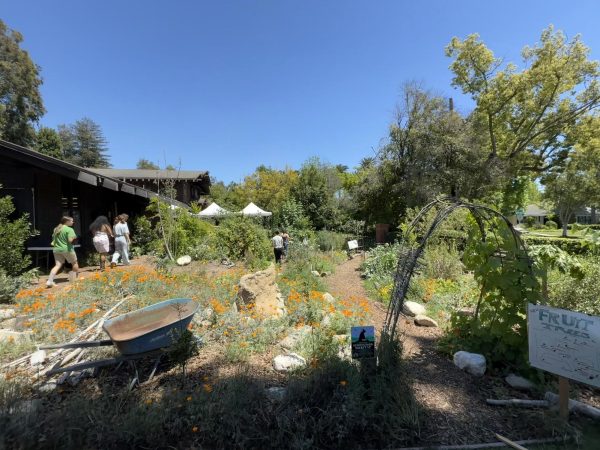



Faith • Dec 15, 2022 at 10:16 am
wow sarah l! This is such a wonderful article I was really inspired by this piece of art.